Rowing is a fun way to get healthy and will appeal to anybody who likes to get out on the water. You don't have to be muscular to do well in rowing, as it is very much a technique sport like golf or dance. You can row with friends from your school or make new friends from other schools. The larger boats require that the crew work together as a team to move the boat effectively. You will develop confidence in your ability to interact with both old and new crewmates to achieve a common goal. Rowers will develop leadership skills that will last a lifetime as they take turns directing the crew of their boat from the bow seat. A few exceptional rowers may even have the opportunity to get a scholarship to pay for university.
The rowing academy starts in September and runs for 36 weeks. New and experienced rowers of any gender are welcome. The on water portion of the academy teaches basic to advanced rowing and racing skills. During the winter, or when weather does not permit on water rowing, rowers will go to Seycove Secondary School to do a combination of erg (rowing machine) workouts and coursework necessary to complete a Physical Education credit. The winter erg workouts will develop cardiovascular fitness and stamina.
Rowers will normally be in grades 8 - 12 (ages 13 - 18). By the time most rowers have reached grade 8, they have the size and strength to row effectively and carry their share of a rowing shell.
Rowers have to carry their share of a rowing shell. This can involve lifting a weight of up to 50 lbs.
There is a low probability of the rowing shell flipping. Rowers preferably know how to swim. At the very least, rowers should be comfortable enough with deep water that they won't panic and will be able to hold on to the shell until they are assisted by the coach.
The fall season is oriented towards teaching the basics of rowing to new rowers and developing the skills of existing rowers. The two groups will typically be assigned to different boats and have different coaches.
The winter season is oriented towards developing fitness and completing coursework for PE credit. Due to poor weather and water conditions, the winter season is spent training on land at Seycove Secondary School.
The spring season is oriented towards developing the skills of existing rowers and regatta training.
The rowing academy is conducted in quad (4 person), double (2 person) and single (1 person) rowing shells. The coaches assign rowers to shells based on rower skill, rower maturity, number of rowers, current water conditions and desired learning outcomes. Newer rowers are typically put in more stable shells.
Coaches accompany rowers on the water. The coach boat also acts as a safety boat.
New rowers will learn the following:
- rowing & racing terminology
- parts of the rowing shell
- setting up the rowing shell
- launching the shell
- landing the shell
- the 4 parts (catch, drive, finish, recovery) of the stroke
- how to hold and position the oar for each part of the stroke
- position and movement of the body and arms during each part of the stroke
- coordination of timing with other rowers
- control of shell balance
- steering, turning and stopping
- conduct of a sprint race
- the race course
- interaction with umpires
- race tactics
- the unique strokes used during a race start
- safety
More experienced rowers will work on perfecting their rowing technique and learn more advanced rowing and racing techniques.
Indian Arm is a large body of water and conditions can change quickly. Shells are required to row together as a group. Shells must be accompanied by the coach in a safety boat. The coaches are familiar with the local weather and typical boat traffic patterns.
Rowing will be cancelled if the water is rough enough that there are white caps. The coach has final say on whether a session will be cancelled. In marginal conditions, the coach may restrict rowing to the cove.
Lifejackets can not be worn in a rowing shell, because they snag the oar handles inevitably causing the rowing shell to flip. Transport Canada regulations recognize this special circumstance and require that lifejackets be carried on the coach / safety boat.
We launch shells from a gravel beach. You will have to wade into the water to mid shin depth. Wear foot and lower leg wear that you don't mind getting wet. The gravel is rough and there are barnacles, so some type of footwear is necessary. Flip-flops are not a good idea, because they do not stay on. Neoprene and rubber kayak shoes, plastic clogs or even boots work well.
Dress in layers. Clothing should be snug. Loose shorts or pants will get caught in between the seat and the slides. Loose tops will catch the oar handles. There should be no open pockets on the front of the torso to prevent the oar handles from catching. We row if there is rain.
You should bring water to practices.
Registration is a two step process: apply to join the rowing academy and, before your first day, register with Rowing Canada.
Rowing academy applications are accepted from January 21, 2022 to February 21, 2022. Details about the application process and information about fees are available at the North Vancouver School District Rowing Academy page.
Rowing Canada registration is mandatory to participate in the program. Rowing Canada provides insurance and support services to rowers and rowing clubs. The cost of Rowing Canada membership is included in the academy fees. You only have to register once to become a Rowing Canada member, but you have to update your registration each year to continue your insurance coverage and take advantage of the provided services. Use the button below to access the Rowing Canada membership web site.

